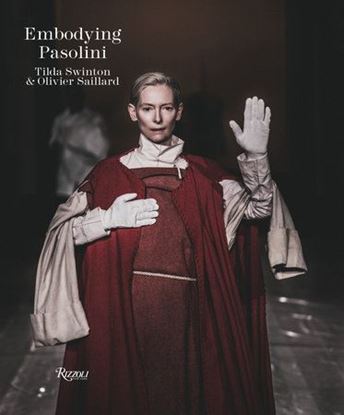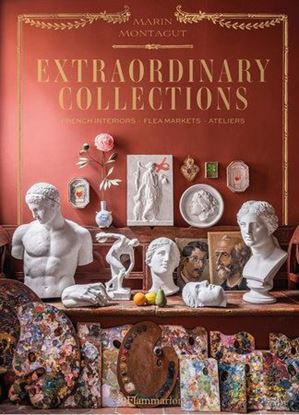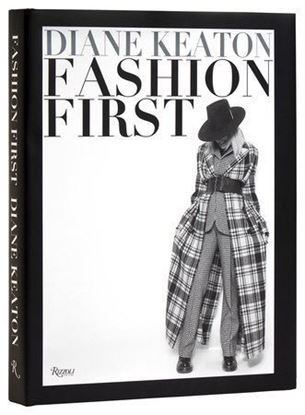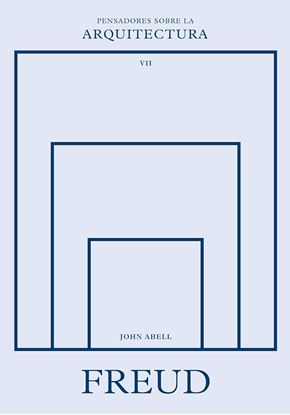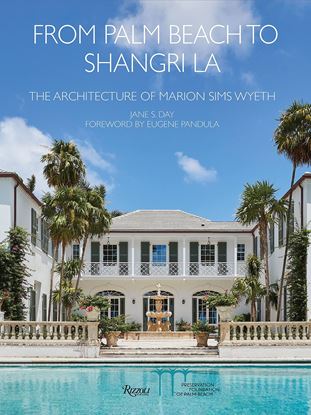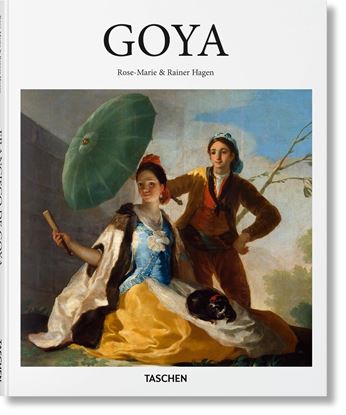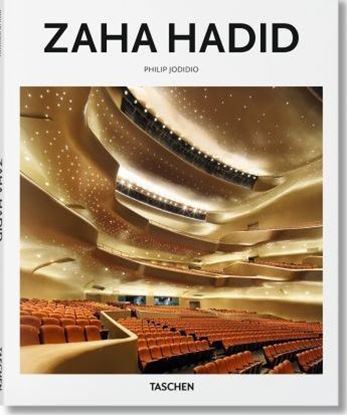

EL LIBRO DEL DISEÑO
Una visión fascinante de los movimientos del diseño, que muestra cómo comenzó cada uno y describe su filosofía y estilo visual. El diseño está presente en todo lo que hacemos y fabricamos. Ha dado forma a nuestro mundo desde tiempos inmemorialesy sigue haciéndolo. El diseño es algo complejo: se cruza con el arte,la arquitectura, la publicidad y la artesanía, pero conserva su propiaintegridad. Es, en esencia, lo que da forma y encanto a los objetos funcionalesy un tono a la forma en que nos expresamos como individuos o empresas.
2,500
2,000
EMBODIYING PASOLINI
Longtime creative collaborators Tilda Swinton and Olivier Saillard present an illustrated tribute to the costumes of legendary Italian director Pier Paolo Pasolini’s iconic films.
Retracing Pier Paolo Pasolini’s entire cinematography—which continues to fascinate audiences almost half a century after his passing—Embodying Pasolini explores the costumes that brought his films to life. From The Gospel According to St. Matthew (1964), The Canterbury Tales (1972), and Arabian Nights (1974) to Salò, or the 120 Days of Sodom (1975), Pasolini’s movies are known for their provocative flair—making them staples of art cinema’s golden age. Styled by Danilo Donati, the costumes—garments, coats, and hats—enlivened the films with their rich textures, volume, color, and embellishments.
2,995
2,396
EXTRAORDINARY COLLECTIONS
French artist, designer, and talented antique hunter Marin Montagut celebrates the joy of collecting everything from textiles to barware to architectural details, taking readers inside a dozen private homes, flea markets, and unusual ateliers to discover the most whimsical treasure troves in France. From a film prop house’s array of leather sporting goods and playing cards to a travel buff’s vintage maps and globes, and from a sculpture studio’s Grecian plaster casts to an amateur designer’s spiral staircase models, and from Montagut’s own wonder wall assemblages to a cook’s haven filled with porcelain dessert molds and copper pots—objects, when presented together as a series, create unforgettable interiors that radiate charm. Inspiration comes in repetition: wooden zigzag rulers with engraved numbers aligned on a wall in a herringbone pattern create an artful space. The spare wooden forms of capipotes—devotional statues used in religious processions, their eyes turned heavenward in ecstasy—and silver ex-votos can be the point of departure for the theme of an entire room. Montagut’s mood boards for each chapter provide endless ideas for the home.
2,300
1,840
FASHION FIRST
A fashion icon in her own right, Keaton amusingly revisits and reflects on some of her favorite and not-so-favorite fashion moments over the decades, from childhood homemade outfits to red carpet ensembles and street style experiments she tried from the 1960s until today.
Since she could remember, Keaton has been fascinated by clothing and style. As a little girl, she would pick out patterns and request that her mother make her custom outfits. This was the beginning of a love affair with clothes and looks, and sometimes, fashion. From the outset of her acting career in the 1970s, the legendary star has experimented and thought outside the lines of what a Hollywood icon should wear and still became lauded as a style icon by Vogue, W, The Hollywood Reporter, and countless fashion websites. Keaton’s style is at once timeless, experimental, bold, effortless, androgynous, quirky, and utterly and distinctly her own.
3,500
2,800
FREUD SOBRE LA ARQUITECTURA
Freud sobre la arquitectura explica qué ofrece Sigmund Freud para comprender la creatividad y la experiencia de la arquitectura, con ejemplos que van desde el Movimiento Moderno hasta la actualidad.
Las observaciones de Freud sobre la mente humana y su influencia en la cultura y el comportamiento social han generado numerosos debates desde el siglo XIX. Sin embargo, lo que las ideas fundamentales de Freud ofrecen para comprender la creatividad y la experiencia de la arquitectura ha recibido muy poca atención directa. Esto se debe, en parte, a que Freud abrió la puerta a un lugar en el que la investigación convencional sobre arquitectura tiene poca fuerza: el inconsciente. Para complicar aún más las cosas, la obra de Freud es vasta y abrumadora. Freud sobre la arquitectura examina las ideas clave de Freud y cierra la brecha entre la arquitectura y la teoría psicoanalítica.
1,800
1,440
FROM PALM BEACH TO SHANGRI LA
Beauty and elegance mingle with extravagance in the Palm Beach style of architect Marion Sims Wyeth, a kind of home design that takes the standard fixtures of paradise palm trees, ebullient fountains, glistening pools and gardens, views of the sea and mixes them with a dash of the exotic a Moorish-style balcony or doorway, Venetian archways, fanciful courtyards in the Spanish style, and spiralling staircases in stone and iron. Featured here are the legendary abodes of Marjorie Merriweather Post and Doris Duke Mar-a-Lago and Shangri La, respectively as well as the less well known but equally spectacular Hogarcito and La Claridad, to name but a few. For those unfamiliar with these dream palaces, intimate homes of repose and reflection, for the enjoyment of life and the living of it, the book serves at once as a revelation and an inspiration.
1,500
1,200
GENIUS LICI; PAISAJE, AMBIENTE Y ARQUIT.
Este libro apareció originalmente en 1979 en su versión italiana, y un año después en inglés. Pese al prestigio de su autor, nunca se había traducido al español, por lo que la presente edición es casi una novedad.
Como se indica nada más empezar el prefacio, este estudio sobre el concepto del 'espíritu del lugar', el genius loci de los antiguos romanos, es una continuación de tres libros anteriores del autor, todos existentes en versión española: Intenciones en arquitectura (1963), Existencia, espacio y arquitectura (1971) y Arquitectura occidental (1974).
La idea fundamental del libro es que el ser humano necesita un 'punto de apoyo existencial' y que es la arquitectura, en sus diversas escalas, la que se lo puede proporcionar. Para ello, el principal objetivo que se plantea el texto es exponer las implicaciones psíquicas de la arquitectura y no tanto su lado práctico, aun sabiendo que existe una relación entre ambos aspectos.
Las reflexiones filosóficas de Martin Heidegger sobre el concepto de 'habitar' sirven al autor como punto de partida de sus investigaciones sobre la noción de lugar, entendido éste como un espacio con un carácter distintivo en el que el ser humano puede desarrollar plenamente su vida.
Así pues, el genius loci, el 'espíritu del lugar' se ha reconocido desde tiempos antiguos como la realidad concreta que el ser humano tiene que afrontar y asumir en su vida cotidiana. La arquitectura significa hacer visible ese genius loci, y la labor del arquitecto es crear lugares significativos con los que ayudar al ser humano a habitar.
1,995
1,596
GOYA (BASIC ART SERIES 2.0)
From court portraits for the Spanish royals to horrific scenes of conflict and suffering, Francisco José de Goya y Lucientes (1746–1828) made a mark as one of Spain’s most revered and controversial artists. A master of form and light, his influence reverberates down the centuries, inspiring and fascinating artists from the Romantic Eugène Delacroix to Britart enfants terribles, the Chapman brothers.Born in Fuendetodos, Spain, in 1746, Goya was apprenticed to the Spanish royal family in 1774, where he produced etchings and tapestry cartoons for grand palaces and royal residences across the country. He was also patronized by the aristocracy, painting commissioned portraits of the rich and powerful with his increasingly fluid and expressive style. Later, after a bout of illness, the artist moved towards darker etchings and drawings, introducing a nightmarish realm of witches, ghosts, and fantastical creatures.It was, however, with his horrific depictions of conflict that Goya achieved enduring impact. Executed between 1810 and 1820, The Disasters of War was inspired by atrocities committed during the Spanish struggle for independence from the French and penetrated the very heart of human cruelty and sadism. The bleak tones, agitated brushstrokes, and aggressive use of Baroque-like light and dark contrasts recalled Velázquez and Rembrandt, but Goya’s subject matter was unprecedented in its brutality and honesty.In this introductory book from TASCHEN Basic Art 2.0 we set out to explore the full arc of Goya’s remarkable career, from elegant court painter to deathly seer of suffering and grotesquerie. Along the way, we encounter such famed portraits as Don Manuel Osorio Manrique de Zúñiga, the dazzling Naked Maja, and The 3rd of May 1808 in Madrid, one of the most heart-stopping images of war in the history of art.
1,500
1,200
HADID (BA-ARCH) (GB)
Zaha Hadid was a revolutionary architect, who for many years built almost nothing, despite winning critical acclaim. Some even said her audacious, futuristic designs were unbuildable.
During the latter years of her life, Hadid’s daring visions became a reality, bringing a unique new architectural language to cities and structures as varied as the Rosenthal Center for Contemporary Art in Cincinnati, hailed by The New York Times as “the most important new building in America since the Cold War”; the MAXXI Museum in Rome; the Guangzhou Opera House in China; and the London 2012 Olympics Aquatics Centre.
At the time of her unexpected death in 2016, Hadid was firmly established among the elite of world architecture, recognized as the first woman to win both the Pritzker Prize for architecture and the RIBA Royal Gold Medal, but above all as a giver of new forms, the first great architect of the noughties.
From her early sharply angled buildings to later more fluid architecture that made floors, ceilings, walls, and furniture part of an overall design, this essential introduction presents key examples of Hadid’s pioneering practice. She was an artist, as much as an architect, who fought to break the old rules and crafted her own 21st-century universe.
1,350
1,080


